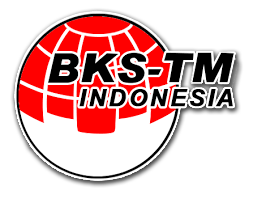Studi implementasi cad/cam pada proses milling cnc terhadap kekasaran permukaan dan tingkat kepresisian aluminium 6061
DOI:
https://doi.org/10.36289/jtmi.v11i1.49Keywords:
cad/cam cutting process surface roughnessAbstract
This research was conducted to find out the influence of the implementation
of CAD/CAM for CNC milling process to the surface roughness and
precision. Specimens were made by using seven types of cutting process.
There are face milling, pocket milling, profile milling, slot milling, drilling,
thread milling, and surface contouring. The results showed that the
implementation of CAD/CAM with a variation of the cutting process
produces roughness value which is lower than without the implementation of
CAD/CAM. The surface roughness values for each of the cutting process
were face milling process (0.5028 μm; 0.5132 μm), slot milling (0.664 μm;
0.6556 μm), profile milling (1.282 μm; 1.3128 μm), pocket milling (1.3852
μm; 1.4856 μm) and drilling process (1.9944 μm; 2.1136 μm). The average
value of the dimensions from the measurement showed the difference
between the results of the implementation of CAD/CAM and without the
implementation of CAD/CAM. The percentage difference in the length and
width were respectively 0.037%; 0.059% for profile milling; 0.039%;
0.061% for pocket milling; and 0.151%; 0.317% for drilling. Statistical use
of the implementation of CAD/CAM does not significantly affect the value of
the surface roughness but it has a significant influence on the precision of
the product with a 95% precision level.










